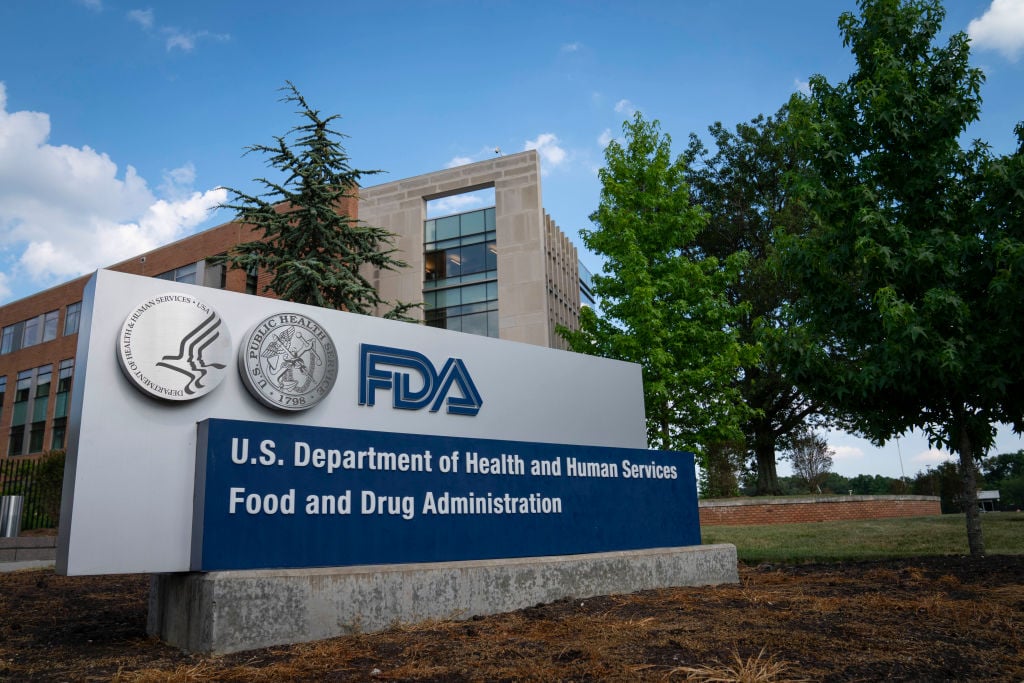Dentists prescribe approximately 10% of all outpatient antibiotics in the United States.1 Many of these antibiotic prescriptions may not be needed based on existing guidelines. Studies show that patients with total joint replacement (TJR) commonly receive unnecessary antibiotic prophylaxis [PDF – 1 Page] despite clinical practice guidelines from the American Dental Association (ADA) and American Academy of Orthopaedic Surgeons (AAOS) that recommend against using antibiotics to prevent late prosthetic joint infection in most cases.2
When you have a dental procedure, bacteria in your mouth can enter your bloodstream. This also happens during normal daily activities, such as brushing and flossing your teeth. For most people, the immune system kills the bacteria and prevents them from causing infection somewhere else in the body. However, people with certain underlying medical conditions are at increased risk of infection and may need to take an antibiotic before some dental procedures. Taking an antibiotic to prevent an infection is called antibiotic prophylaxis [PDF – 1 Page].
In the past, antibiotic prophylaxis was commonly prescribed to patients with prosthetic joints before certain dental procedures to prevent joint infections. However, expert guidelines no longer recommend pre-dental procedure antibiotic prophylaxis for most patients with prosthetic joints. This is because studies have shown that antibiotics given before dental procedures do not prevent prosthetic joint infections and can lead to side effects and the development of antimicrobial resistance. Patients who have other indications for dental antibiotic prophylaxis should continue to receive antibiotics. Talk to a healthcare professional about when antibiotics are needed.
And increasing evidence suggests that dental procedures (both invasive and non-invasive) pose no greater risk for bacteremia for patients with TJR than activities of daily living, such as brushing teeth or eating.3-6 Thus, the risks of antibiotic prophylaxis, including adverse drug reactions and the threat of antimicrobial resistance, outweigh the potential benefit for most patients.
The collaboration needed between orthopedic surgeons, dentists, and patients to improve antibiotic use hit home when my father had double knee replacements in 2023. His surgeon wanted to prescribe dental prophylaxis even though my dad did not have specific comorbidities or a history of postoperative joint infection to warrant antibiotics. I spent 6 months advocating on my father’s behalf before his surgeon and team were persuaded to change their antibiotic prescribing behavior. Yes, it was a lot of effort, but it was worth it when I think about the potential lives saved by reducing the use of unnecessary antibiotics.
Antibiotic stewardship for the dental setting
Antibiotic stewardship is essential for patient safety and combating antimicrobial resistance. Stewardship aims to optimize the treatment of infections by ensuring the use of antibiotics for the correct diagnosis, dose, duration, and timing. However, antibiotic stewardship in practice is more than a clinical decision. It’s a cohesive effort to engage the dental team, medical professionals, and patients in a commitment to use antibiotics only when necessary based on the best evidence available for decision-making.
As part of the Association for Dental Safety (ADS) team, I work to create and disseminate antibiotic stewardship content. ADS was able to design and launch an Antibiotic Stewardship website for dental prescribers, team members, and patients using funding provided by the Centers for Disease Control and Prevention (CDC).7 The website offers curated resources for dentists including toolkits, templates, chart audit tools, and checklists, communication materials such as videos and podcasts, free continuing education courses, and more – all designed to promote best practices in dental antibiotic prescribing to create a safe environment for patients.
How can the dental team improve antibiotic prescribing for patients with TJR?
- Stay up to date on current dental prophylaxis guidelines for patients with TJR, from the ADA and AAOS.8-9
- Collaborate with the orthopedic surgeon and involve the patient in shared decision-making when deciding if antibiotic prophylaxis is needed.
–Dentists and the dental team may access a one-page information sheet [PDF – 1 Page] that can be used when communicating with patients and a letter template [doc] to share this updated information with orthopedic surgeons in their practice network.10 - Share success stories and best practices for optimizing antibiotic prescribing in the dental setting.
–ADS has issued a national call for success stories, best practices, and research on antibiotic stewardship in dentistry to be presented at its 3rd annual Antibiotic Stewardship Summit. The deadline for the call is October 1, 2024.11 Please consider applying.
I believe we have a tremendous opportunity to improve patient care and save lives by changing prescribing behaviors and optimizing how we use antibiotics in the dental setting.
- Ramanathan S, Yan CH, Hubbard C, Calip GS, Sharp LK, Evans CT, Rowan S, McGregor JC, Gross AE, Hershow RC, Suda KJ. Changes in antibiotic prescribing by dentists in the United States, 2012-2019. Infect Control Hosp Epidemiol. 2023 Nov;44(11):1725-1730. doi: 10.1017/ice.2023.151. Epub 2023 Aug 22. PMID: 37605940; PMCID: PMC10665869.
- Sollecito TP, Abt E, Lockhart PB, et al. The use of prophylactic antibiotics prior to dental procedures in patients with prosthetic joints: evidence-based clinical practice guideline for dental practitioners–a report of the American Dental Association Council on Scientific Affairs. J Am Dent Assoc 2015; 146:11–6 e8
- Springer BD, Baddour LM, Lockhart PB, Thornhill MH. Antibiotic Prophylaxis for Prosthetic Joint Patients Undergoing Invasive Dental Procedures: Time for a Rethink? J Arthroplasty. 2022 Jul;37(7):1223-1226. doi: 10.1016/j.arth.2022.02.014. Epub 2022 Feb 11. PMID: 35158002.
- Simon SJ, Aziz AA, Coden GS, Smith EL, Hollenbeck BL. Antibiotic Prophylaxis Prior to Dental Procedures After Total Hip and Knee Arthroplasty Does Not Decrease the Risk of Periprosthetic Joint Infection. J Arthroplasty. 2024 Feb 22:S0883-5403(24)00145-1. doi: 10.1016/j.arth.2024.02.046. Epub ahead of print. PMID: 38401610.
- Thornhill MH, Gibson TB, Pack C, Rosario BL, Bloemers S, Lockhart PB, Springer B, Baddour LM. Quantifying the risk of prosthetic joint infections after invasive dental procedures and the effect of antibiotic prophylaxis. J Am Dent Assoc. 2023 Jan;154(1):43-52.e12. doi: 10.1016/j.adaj.2022.10.001. Epub 2022 Dec 2. PMID: 36470690.6.
- Thornhill MH, Crum A, Rex S, Stone T, Campbell R, Bradburn M, Fibisan V, Lockhart PB, Springer B, Baddour LM, Nicholl J. Analysis of Prosthetic Joint Infections Following Invasive Dental Procedures in England. JAMA Netw Open. 2022 Jan 4;5(1):e2142987. doi: 10.1001/jamanetworkopen.2021.42987. PMID: 35044470; PMCID: PMC8771300.
- https://www.myads.org/antibiotic-stewardship. Accessed July 26, 2024.
- https://jada.ada.org/article/S0002-8177(14)00019-1/fulltext. Accessed August 5, 2024.
- https://www.aaos.org/globalassets/quality-and-practice-resources/dental/pudp_guideline.pdf [PDF – 1 Page]. Accessed August 5, 2024.
- https://www.myads.org/antibiotic-stewardship-for-prescribers. Accessed July 26, 2024.
- https://www.myads.org/call-for-antibiotic-stewardship-program-spotlight-research. Accessed July 26, 2024.
More on this topic: Dental Antibiotic Stewardship Resources Bundle
Erinne Kennedy, DMD, MPH, MMSc, is an Assistant Professor and Assistant Dean for Curriculum and Integrated Learning at Kansas City University College of Dental Medicine in Joplin, Missouri. Dr. Kennedy has extensive dental public health expertise and serves as a national antibiotic stewardship spokesperson for the American Dental Association and consultant for the Association for Dental Safety (formerly known as OSAP).
Publisher: Source link









